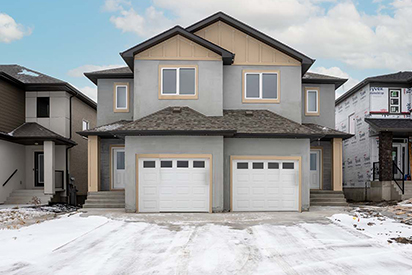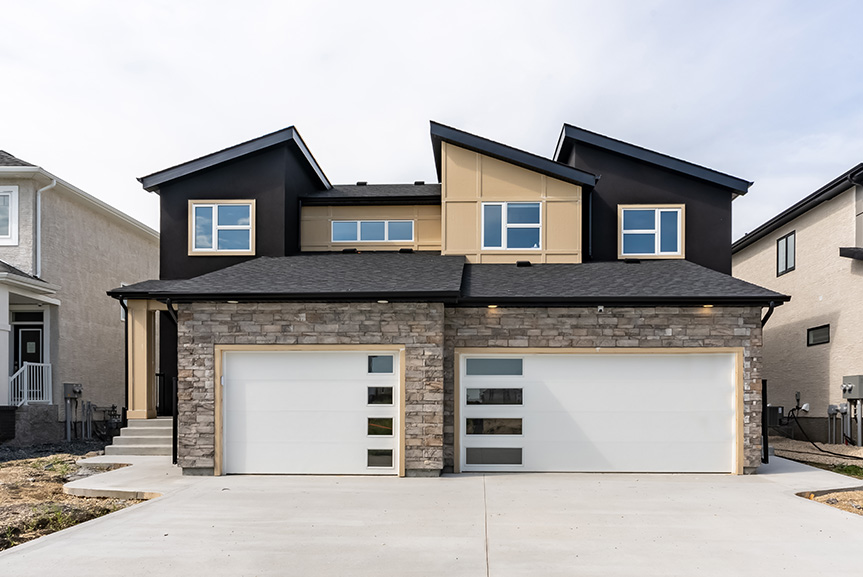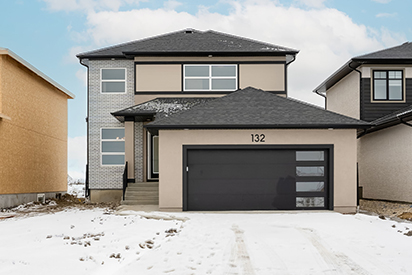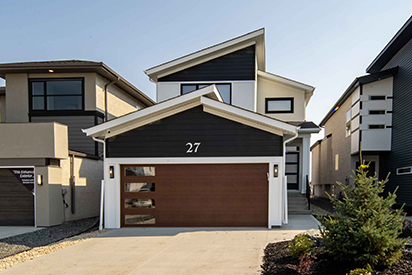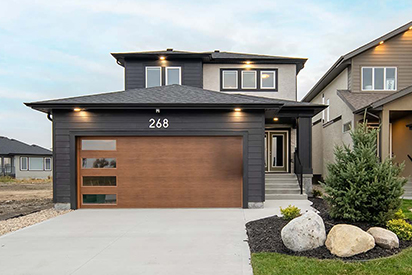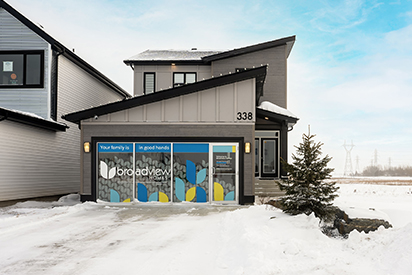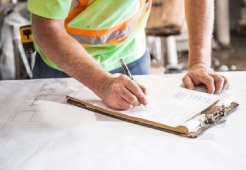Home Maintenance & Warranty Guide
Last updated April 14, 2020
Basement, Foundation and Frost Meltdown
Basement Floor
Your basement floor is a floating slab and is not part of the structural foundation. It is designed this way so that the ground movement beneath does not cause structural damage to the home. Basement walls are also floating to allow the floor to move freely without damaging the home.
Basement floor slab movement is normal with Winnipeg’s soil conditions and the upwards movement, or heaving, of the basement floor slab should stabilize within the first few years. Corrections or repairs are not required unless the floor heaves to an extent causing excessive damage to the super-structure.
It is normal for concrete flatwork to crack, and in most cases, this is not warrantable. Concrete will shrink as it cures (dries out), causing stress to the slab that is only released through separation, or cracking. Expansion in warm weather and contraction in the winter months, ground settlement and the effects of ground frost are other causes for concrete to relieve stress by cracking.
Basement Wall Frost Melt Down
Frost melt down happens in spring when frost that forms inside the concrete basement walls releases in to the warmer environment of the unfinished basement, causing water to run down the walls onto the basement floor.
Mitigating and maintaining frost melt down is a part of regular homeowner maintenance because it is not caused by a defect in materials or labor. Frost melt down will cease when foundation walls are finished (drywalled).
If frost melt down occurs, you can remove the poly sheeting and insulation from the foundation walls until they are dry. Keep personal belongings away from the walls, and if possible, install a dehumidifier. Removing and reinstalling insulation and poly for frost melt down is a part of homeowner maintenance.
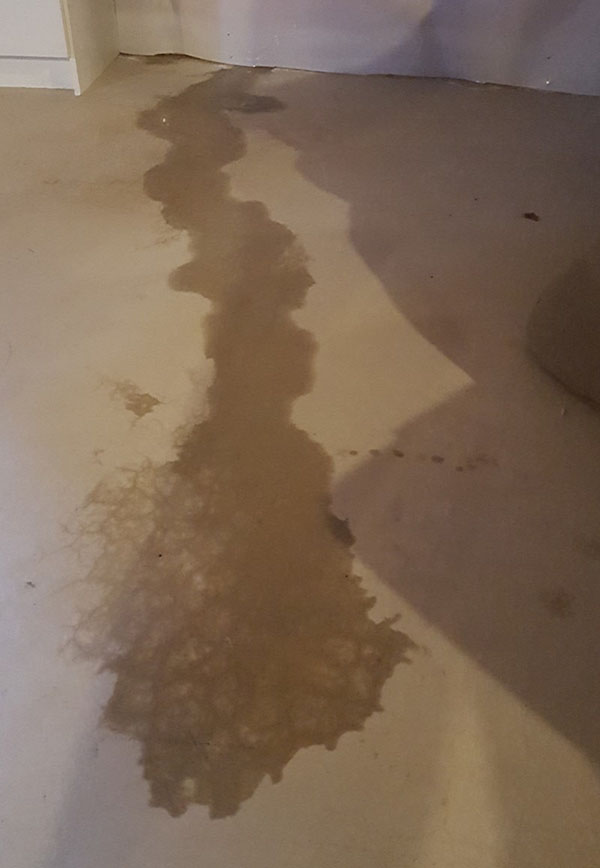
Foundation Cracks
Soil settlement and the curing (drying out) process of concrete can cause surface cracks to appear in the basement walls, or foundation, of your home. These cracks do not affect the strength or integrity of the wall and a crack does not need to be repaired unless it leaks, or exceeds 1/8 in width.
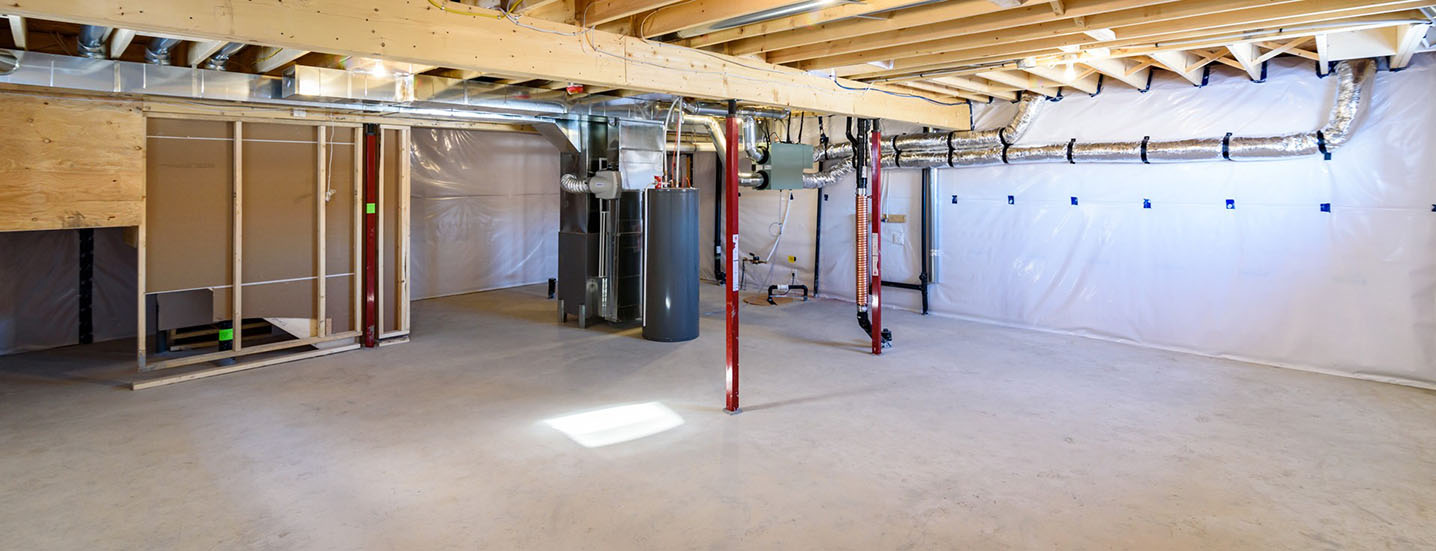
Telepost Adjustments
Telepost adjustments may be required when cracks develop over the arches and interior doors, when doors shift, or if floors seem uneven. These movements are caused by settlement, and by building materials shrinking as they dry causing them to move away from the main beam. Once the nearest telepost is adjusted, cracks will usually close and floors will correct themselves.
To adjust the telepost we recommend that you hire a contractor to ensure that the correct adjustments are made. Over or under corrections can cause damage to your home.

